Tadeusz Stolarski9780750636230, 0-7506-3623-8
Table of contents :
Contents……Page 6
Preface……Page 12
1. Introduction to the concept of tribodesign……Page 14
1.1. Specific principles of tribodesign……Page 17
1.2.1. Plain sliding bearings……Page 19
1.2.2. Rolling contact bearings……Page 20
1.2.3. Piston, piston rings and cylinder liners……Page 21
1.2.4. Cam and cam followers……Page 22
1.2.6. Involute gears……Page 23
1.2.7. Hypoid gears……Page 24
1.2.8. Worm gears……Page 25
2.1. Origins of sliding friction……Page 26
2.2. Contact between bodies in relative motion……Page 27
2.3. Friction due to adhesion……Page 28
2.4. Friction due to ploughing……Page 29
2.5. Friction due to deformation……Page 30
2.7. Friction under complex motion conditions……Page 31
2.8.1. Adhesive wear……Page 32
2.8.2. Abrasive wear……Page 33
2.8.3. Wear due to surface fatigue……Page 34
2.8.4. Wear due to chemical reactions……Page 35
2.9. Sliding contact between surface asperities……Page 36
2.10. The probability of surface asperity contact……Page 39
2.11. Wear in lubricated contacts……Page 44
2.11.2. Functional lubrication regime……Page 46
2.11.3. Fractional film defect……Page 47
2.11.4. Load sharing in lubricated contacts……Page 50
2.11.5. Adhesive wear equation……Page 52
2.11.6. Fatigue wear equation……Page 53
2.11.7. Numerical example……Page 54
2.12. Relation between fracture mechanics and wear……Page 58
2.12.1. Estimation of stress intensity under non-uniform applied loads……Page 60
2.13.1. Coefficient of viscosity……Page 61
2.13.2. Fluid film in simple shear……Page 62
2.13.3. Viscous flow between very close parallel surfaces……Page 63
2.13.5. Lubrication theory by Osborne Reynolds……Page 64
2.13.7. Equilibrium conditions in a loaded bearing……Page 66
2.13.8. Loaded high-speed journal……Page 67
2.13.9. Equilibrium equations for loaded high-speed journal……Page 70
2.13.11. The virtual coefficient of friction……Page 72
2.13.12. The Sommerfeld diagram……Page 73
3.1. Introduction……Page 77
3.2. Concentrated and distributed forces on plane surfaces……Page 78
3.3. Contact between two elastic bodies in the form of spheres……Page 80
3.4. Contact between cylinders and between bodies of general shape……Page 83
3.5. Failures of contacting surfaces……Page 84
3.6. Design values and procedures……Page 86
3.7. Thermal effects in surface contacts……Page 87
3.7.1 Analysis of line contacts……Page 88
3.7.2. Refinement for unequal bulk temperatures……Page 92
3.7.4. The effect of surface layers and lubricant films……Page 93
3.7.5. Critical temperature for lubricated contacts……Page 95
3.7.6. The case of circular contact……Page 96
3.7.7. Contacts for which size is determined by load……Page 98
3.7.8. Maximum attainable flash temperature……Page 99
3.8.1. Characteristics of random rough surfaces……Page 100
3.8.2. Contact of nominally flat rough surfaces……Page 103
3.9. Representation of machine element contacts……Page 107
4.1. Introduction……Page 110
4.2.1. Friction in slideways……Page 111
4.2.2. Friction stability……Page 113
4.3. Friction in screws with a square thread……Page 116
4.3.1. Application of a threaded screw in a jack……Page 118
4.4. Friction in screws with a triangular thread……Page 122
5.5.7. Short bearing theory – CAD approach……Page 0
4.6.1. Driving torque……Page 128
4.7.1. Equilibrium conditions……Page 130
4.7.2. Auxiliary mechanisms……Page 132
4.7.3. Power transmission rating……Page 133
4.9. Boundary lubricated sliding bearings……Page 134
4.9.1. Axially loaded bearings……Page 136
4.9.2. Pivot and collar bearings……Page 137
4.10. Drives utilizing friction force……Page 140
4.10.1. Belt drive……Page 141
4.10.2. Mechanism of action……Page 142
4.10.3. Power transmission rating……Page 145
4.10.4. Relationship between belt tension and modulus……Page 146
4.10.5. V-belt and rope drives……Page 147
4.11.1. The band brake……Page 149
4.11.2. The curved brake block……Page 151
4.11.3. The band and block brake……Page 157
4.12. The role of friction in the propulsion and the braking of vehicles……Page 158
4.13. Tractive resistance……Page 163
4.14. Pneumatic tyres……Page 164
4.14.2. Transverse tangential forces……Page 165
4.14.4. Design features of the tyre surface……Page 167
4.14.5. The mechanism of rolling and sliding……Page 168
4.14.6. Tyre performance on a wet road surface……Page 170
4.14.7. The development of tyres with improved performance……Page 172
4.15. Tribodesign aspects of mechanical seals……Page 173
4.15.1. Operation fundamentals……Page 174
4.15.3. Utilization of viscosity……Page 175
4.15.4. Utilization of hydrodynamic action……Page 176
4.15.6. Wear in mechanical seals……Page 177
4.15.7. Parameters affecting wear……Page 181
4.15.8. Analytical models of wear……Page 182
4.15.10. Material aspects of seal design……Page 183
4.15.11. Lubrication of seals……Page 185
5.1. Derivation of the Reynolds equation……Page 187
5.2. Hydrostatic bearings……Page 191
5.3. Squeeze-film lubrication bearings……Page 194
5.4. Thrust bearings……Page 196
5.4.1. Flat pivot……Page 197
5.4.2. The effect of the pressure gradient in the direction of motion……Page 199
5.4.4. The coefficient of friction and critical slope……Page 201
5.5.1. Geometrical configuration and pressure generation……Page 202
5.5.2. Mechanism of load transmission……Page 205
5.5.3. Thermoflow considerations……Page 207
5.5.4. Design for load-bearing capacity……Page 209
5.5.5. Unconventional cases of loading……Page 210
5.5.6. Numerical example……Page 212
5.6. Journal bearings for specialized applications……Page 217
5.6.2. Journal bearings with fixed preloaded pads……Page 218
5.6.4. Journal bearings with movable pads……Page 220
5.7. Gas bearings……Page 223
5.8. Dynamically loaded journal bearings……Page 225
5.8.2. Loads acting on main crankshaft bearing……Page 226
5.8.3. Minimum oil film thickness……Page 227
5.9. Modern developments in journal bearing design……Page 230
5.9.1. Bearing fit……Page 231
5.9.3. Clearance……Page 232
5.9.4. Bearing materials……Page 233
5.10. Selection and design of thrust bearings……Page 234
5.10.1. Tilting-pad bearing characteristics……Page 236
5.10.2. Design features of hydrostatic thrust bearings……Page 238
5.11.1. Classification of self-lubricating bearings……Page 239
5.11.2. Design considerations……Page 241
6.1. Introduction……Page 245
6.3. Traction in the contact zone……Page 246
6.4. Hysteresis losses……Page 247
6.5. Rolling friction……Page 248
6.6. Lubrication of cylinders……Page 251
6.7. Analysis of line contact lubrication……Page 255
6.8. Heating at the inlet to the contact……Page 257
6.9. Analysis of point contact lubrication……Page 258
6.10. Cam-follower system……Page 259
7.2. Analysis of friction in rolling-contact bearings……Page 261
7.2.1. Friction torque due to differential sliding……Page 262
7.2.2. Friction torque due to gyroscopic spin……Page 263
7.2.3. Friction torque due to elastic hysteresis……Page 264
7.2.6. Friction torque due to shearing of the lubricant……Page 265
7.2.7. Friction torque caused by the working medium……Page 266
7.3. Deformations in rolling-contact bearings……Page 267
7.4.1. Normal speeds……Page 269
7.4.2. High speeds……Page 271
7.5.1. Function of a lubricant……Page 272
7.5.2. Solid film lubrication……Page 273
7.5.3. Grease lubrication……Page 274
7.5.4. Jet lubrication……Page 275
7.5.5. Lubrication utilizing under-race passages……Page 276
7.5.6. Mist lubrication……Page 277
7.5.8. Lubrication effects on fatigue life……Page 278
7.5.10. Elastohydrodynamic lubrication in design practice……Page 279
7.6.1. Inherent source of noise……Page 281
7.6.3. Surface geometry and roughness……Page 282
7.6.4. External influences on noise generation……Page 283
7.6.5. Noise reduction and vibration control methods……Page 284
8.2. Generalities of gear tribodesign……Page 286
8.3. Lubrication regimes……Page 288
8.4. Gear failure due to scuffing……Page 291
8.4.1. Critical temperature factor……Page 293
8.4.2. Minimum film thickness factor……Page 294
8.5. Gear pitting……Page 295
8.5.2. Evaluation of surface pitting risk……Page 296
8.5.4. Evaluation of subsurface pitting risk……Page 297
8.6. Assessment of gear wear risk……Page 298
8.7. Design aspect of gear lubrication……Page 299
8.8. Efficiency of gears……Page 301
8.8.1. Analysis of friction losses……Page 302
8.8.2. Summary of efficiency formulae……Page 306
E……Page 308
M……Page 309
V……Page 310
Y……Page 311
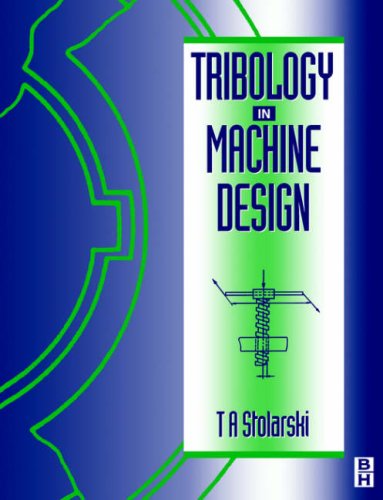
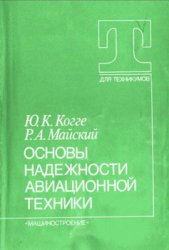
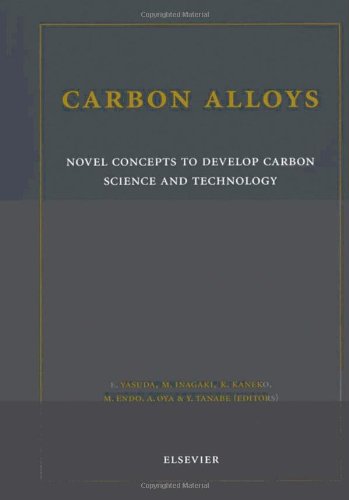

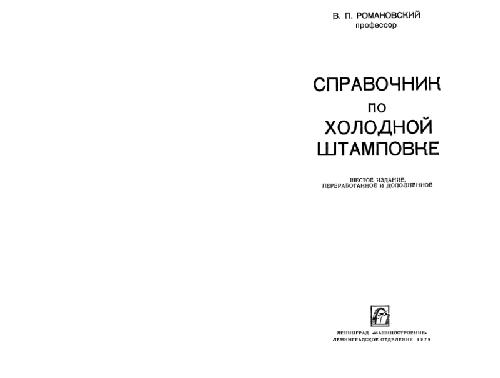
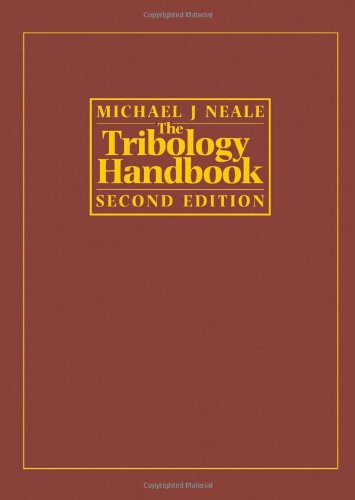
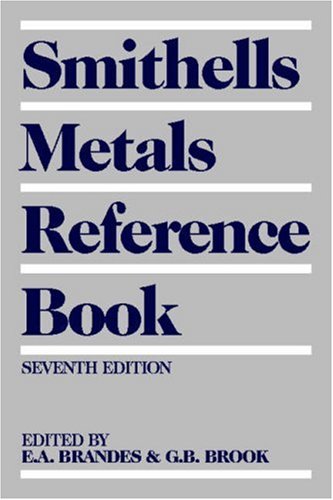
Reviews
There are no reviews yet.